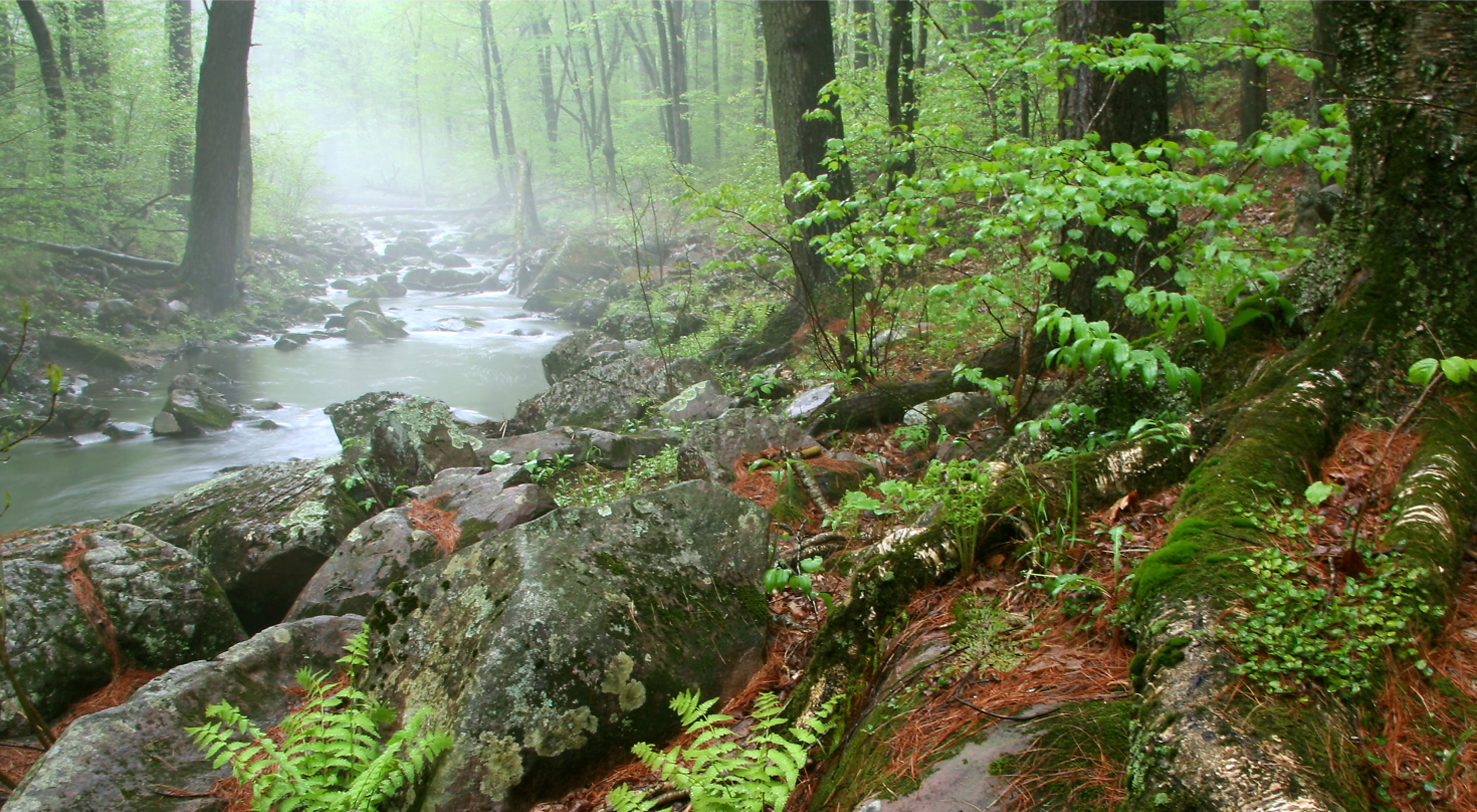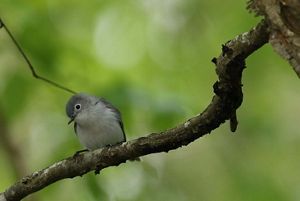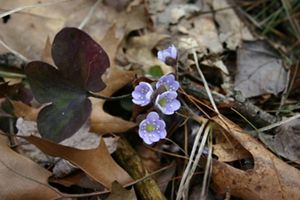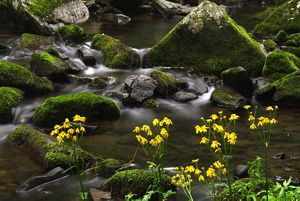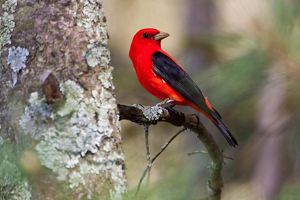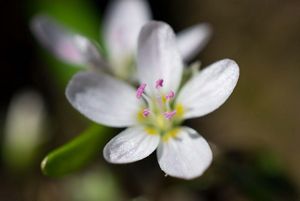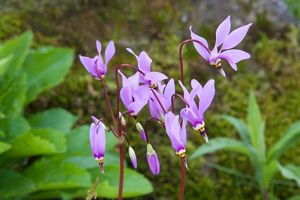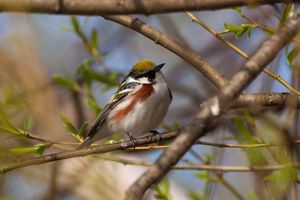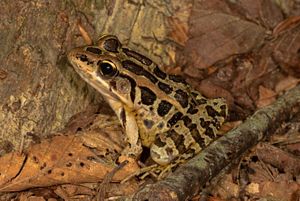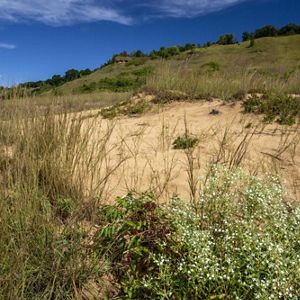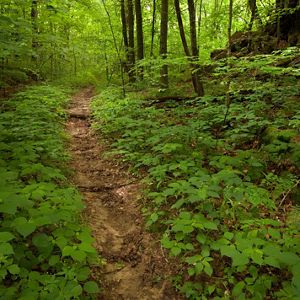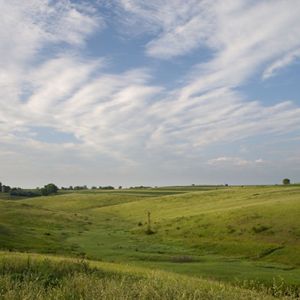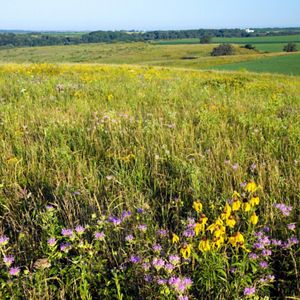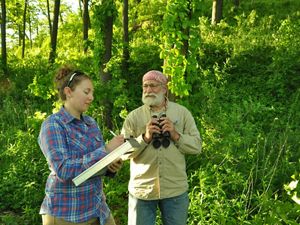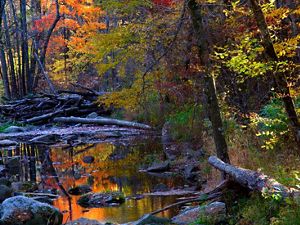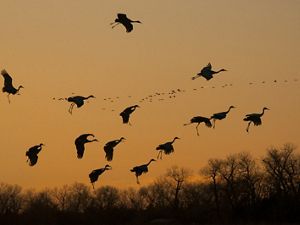Description
Remarkable for the large area of deep forest and the mountain-like creek that it protects, Baxter's Hollow, in the Baraboo Hills, is TNC's largest preserve in Wisconsin.
The area has a rich human history. In his book “Natural Areas in the Baraboo Hills,” Harold Kruse—local farmer, naturalist, writer and conservationist—lists a few of the human activities in the hollow. These included “...an unsuccessful attempt to establish a village—Otterville, a brief gold mining operation (no gold found), several saw mills and a feed mill, maple syrup and sorghum making, a commercial campground, and harvest of wood products.”
Yet, despite years of human habitation, this area still seems wild and untouched.
The rich forest covering Baxter’s Hollow is part of the state’s largest intact southern deciduous forest. The forest is a mosaic of many parts. Thick stands of oak, hickory, maple and ash grow on the quartzite bluffs that dominate the landscape. In the gorge that gives the preserve its name, yellow birch, white pine, maple and basswood grow along the edge of Otter Creek.
